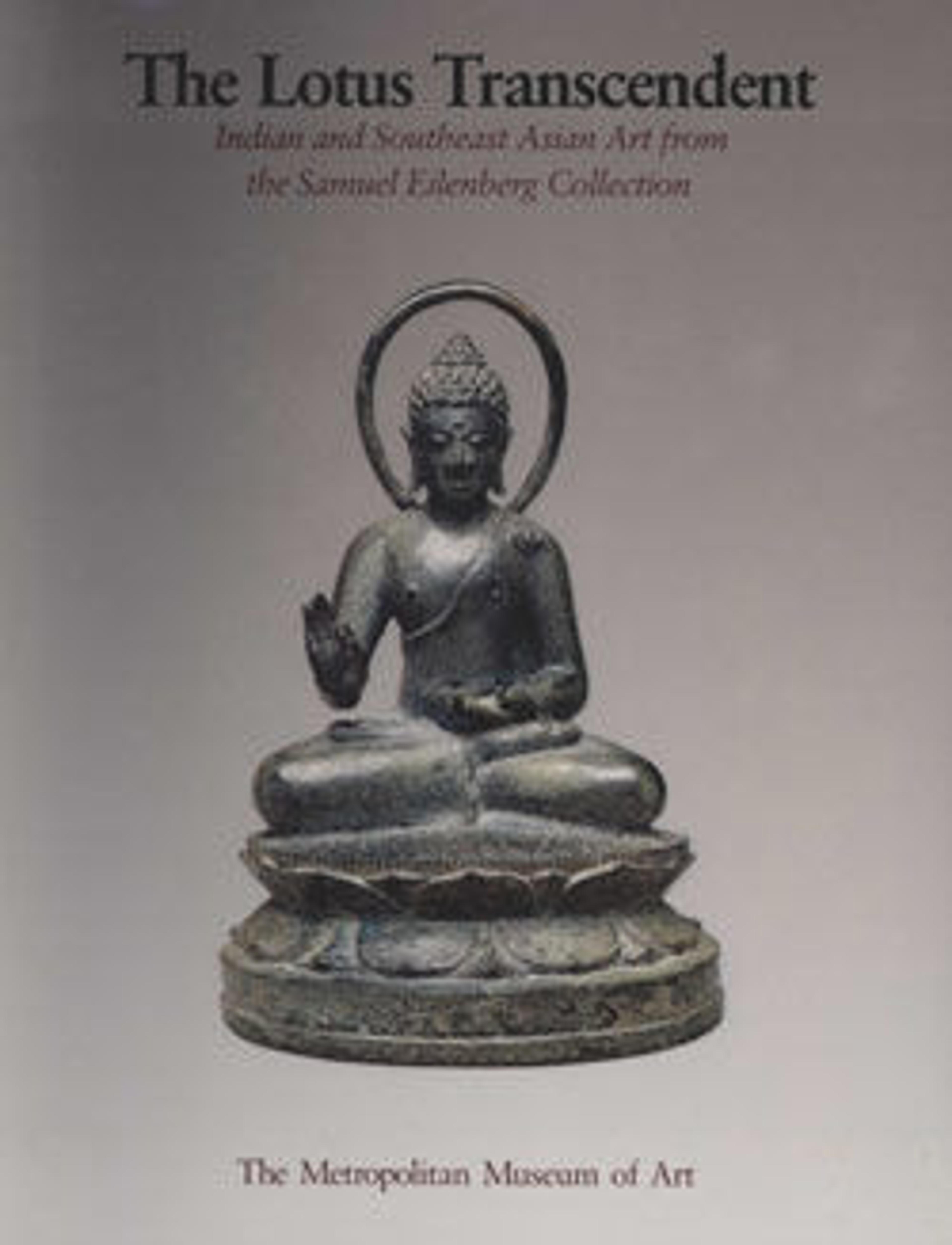
The Lotus Transcendent: Indian and Southeast Asian Art from the Samuel Eilenberg Collection
The Lotus Transcendent explores works drawn from one of the most important collections of Indian and Southeast Asian art ever assembled. The collection was brought together by Samuel Eilenberg, a formidable connoisseur who is legendary for his knowledge, prescience, and commitment. Indeed, collecting for Professor Eilenberg has been a pursuit as serious and rewarding as mathematics, the subject of his long and distinguished career at Columbia University.
More than four hundred of Professor Eilenberg's sculptures and objects have recently entered the collection of The Metropolitan Museum of Art in New York. This volume, which documents an exhibition of a selection of these works as well as others that remain in Professor Eilenberg's possession, offers authoritative commentaries by two experts in the field. The Eilenberg collection is particularly rich in Indonesian sculpture and encompasses what were perhaps the finest private holdings in the world of Javanese bronzes. Other highlights include exceptional Gandharan minor arts, rare and remarkable examples of Indian art, and sculpture from Thailand, Cambodia, Sri Lanka, and Tibet.
The works studied range from sculptures of deep religious significance that represent a wide variety of Hindu and Buddhist gods and goddesses, to figures of a secular nature, and to objects such as reliquaries, jewelry, toys, and bells created for ritual, domestic, or personal use. The purposes of a rare few remain unknown, and some are so unusual that their places of origin remain a mystery. The majority are bronze, others are copper, silver, stucco, or stone. Most are small yet have a powerful sculptural presence. Collectively, they provide a sense of the great scope of artistic productivity and impressive aesthetic achievement of the cultures of the Indian subcontinent and Southeast Asia. Some are well known, but many have never before been published.
The texts illuminate numerous issues, including provenance, style, symbolism, and iconography, as well as aspects of the history of the region, for both a scholarly and general audience. An appreciation of the collector is included.
Met Art in Publication
Citation
Eilenberg, Samuel, Martin Lerner, Steven Kossak, and Metropolitan Museum of Art, eds. 1991. The Lotus Transcendent: Indian and Southeast Asian Art from the Samuel Eilenberg Collection; [Issued in Connection with the Exhibition The Lotus Transcendent, Indian and Southeast Asian Art from the Samuel Eilenberg Collection; Held at The Metropolitan Museum of Art from October 2, 1991 - June 28, 1992]. New York: Metropolitan Museum of Art.